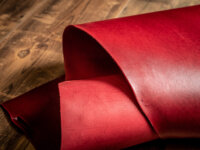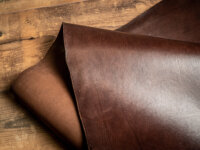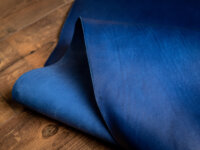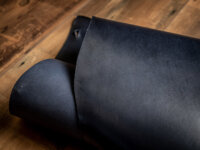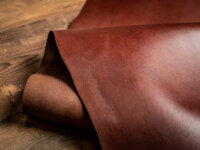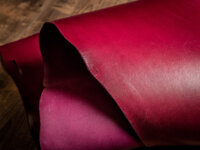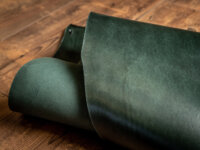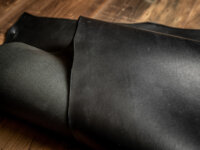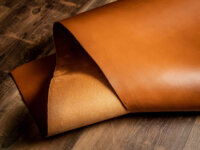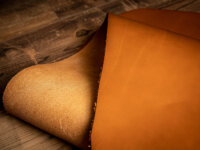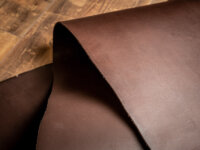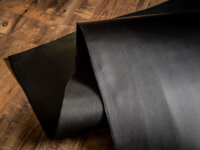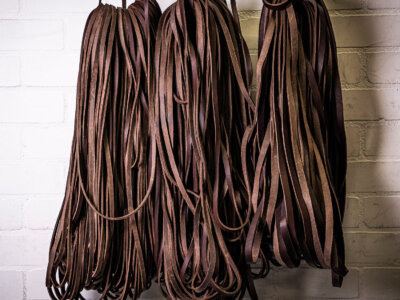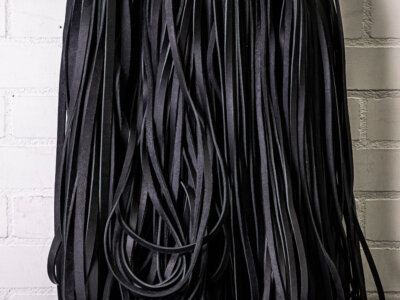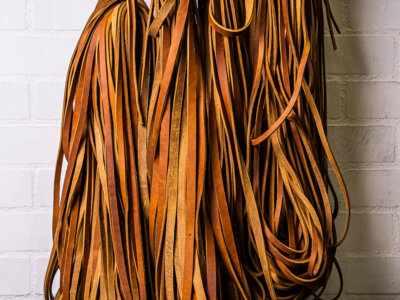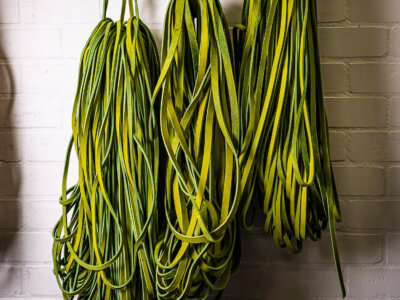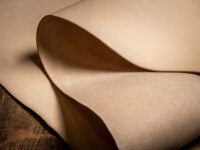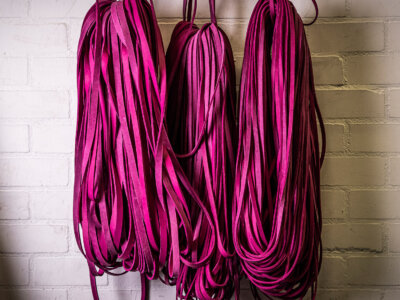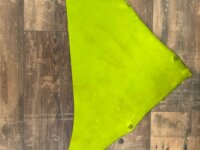Everything you always wanted to know about harness leather!
We all know it, harness leather. We all use it. But what is actually meant by harness leather?
Where is the beginning of harness leather?
If we want to go very far back, harness leather starts with the primordial humans. They used the skins left over after eating an animal to keep themselves warm and protected. They discovered that fire made those skins last longer and did not rot or mold easily. This is because fire and smoke dried out the hides. The first "leather" was often a rough, uncomfortable hide that didn't last very long. Over time, they found out that when they used fats to lubricate the hides, they became slightly more supple. A little softer, too. That may have been the beginning of what we now call harness leather.
Treating the skins with fats and oils also had the effect of repelling water. With that, in addition to protection from the cold, the skins could also be used for such things as belts and harnesses to tie up the animals they had or to stretch for agricultural equipment.
Tannins
Obviously, the tannins that were used came from nature. It was a plant-based tanning. Consider tannins or tannins derived from trees and plants such as quebracho, mimosa, tara, oak and fats, oils from fish and animals. So the harness leather is often free of chemicals and has excellent strength and elasticity. You can't easily pull it apart or tear it. It lasts endlessly.
The harness leather you know is often a white or neutral leather, firm, with a certain thickness. If it does not contain dyes, it will discolor over time under the influence of sunlight.
So saddle leather can be thick, but it doesn't have to be. Leather can be split or planed and also the saddle leather can be found with thicknesses of 1.3 -1.5 mm. if the leather is not split, you can get thicknesses of up to 5 mm.
Chrome tanned or vegetable tanned?
Saddle leather can also be chrome tanned if certain properties need to be given more emphasis. For example, suppleness or elasticity.
Each tanner will use his own recipe for the saddle leather. With modern tanning techniques, each tanner will give the saddle leather its own look. Matt, shiny, with a grain etc.
Different parts of a hide will be used for saddle leather. Often it is the necks, in which you will then find recognizable neck straps.
Of course, colored saddle leather also exists. With aniline dyes, amazingly beautiful, deep, colors can be made. Even though they are often the familiar colors, black, dark brown and cognac that we know from the use for example for chairs with harness leather straps, there are also simply fresh, trendy colors.
Strips of natural saddle leather
Vegetable tanned colored saddle leather
Premium Harness Leather Strips
Endless Oiled Leather Strips - Dark Brown
Endless Oiled Leather Strips - Black
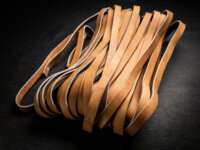
 Gray
Gray
 Havanna
Havanna



